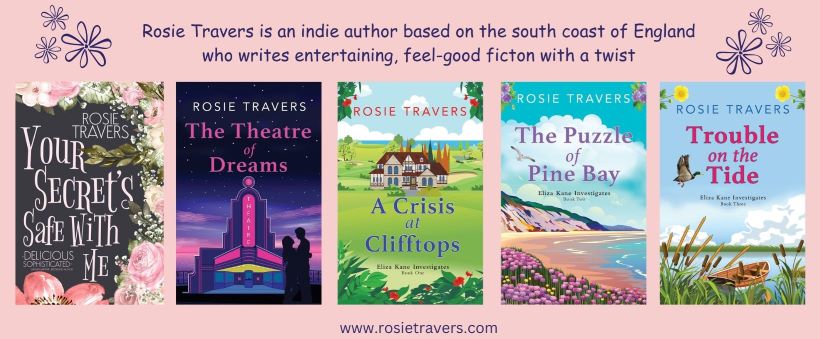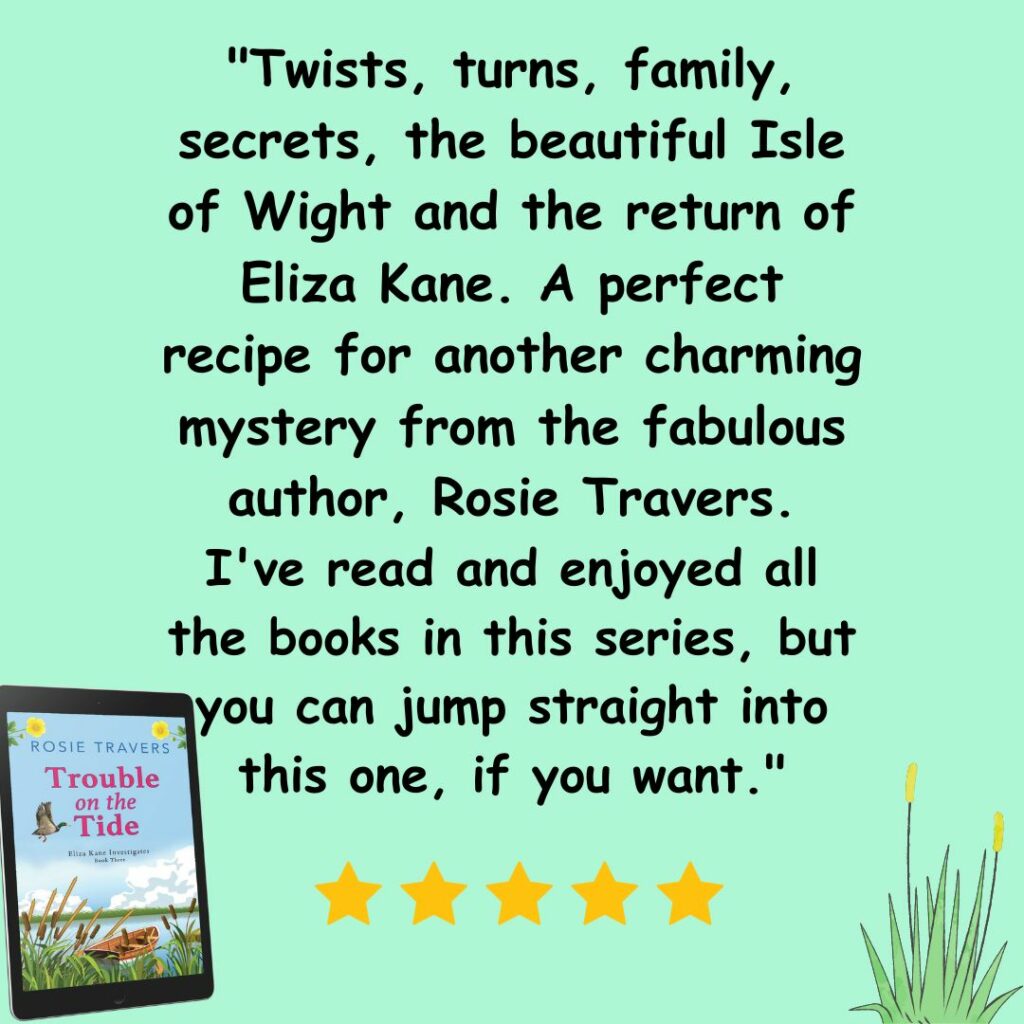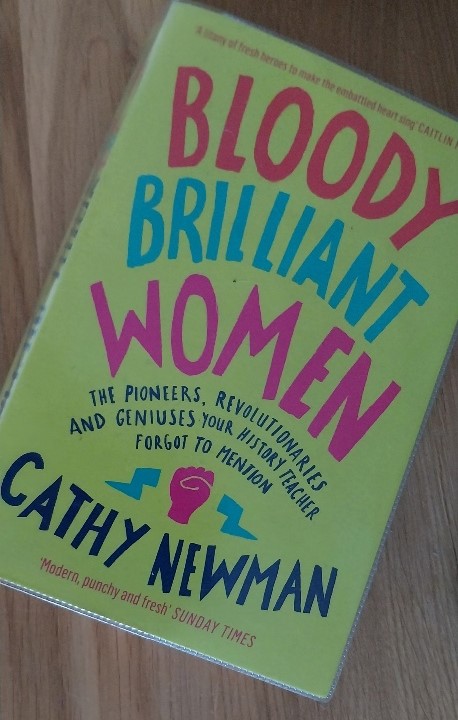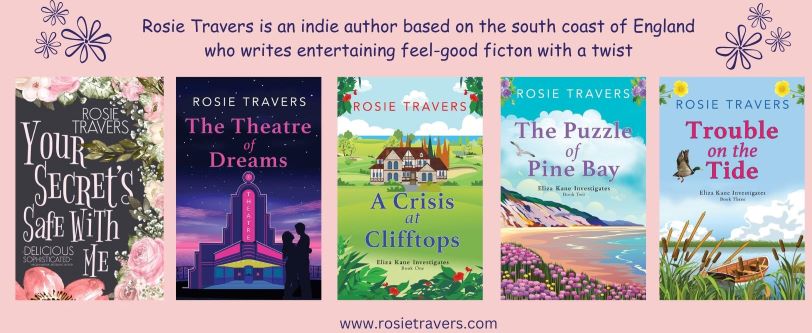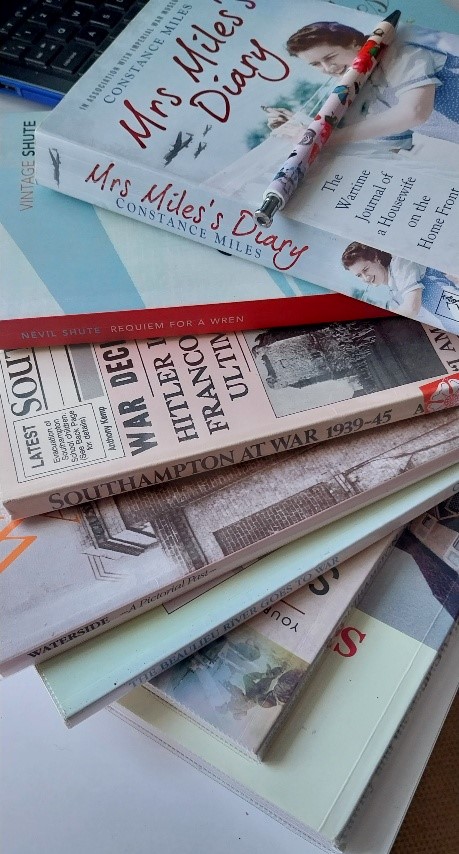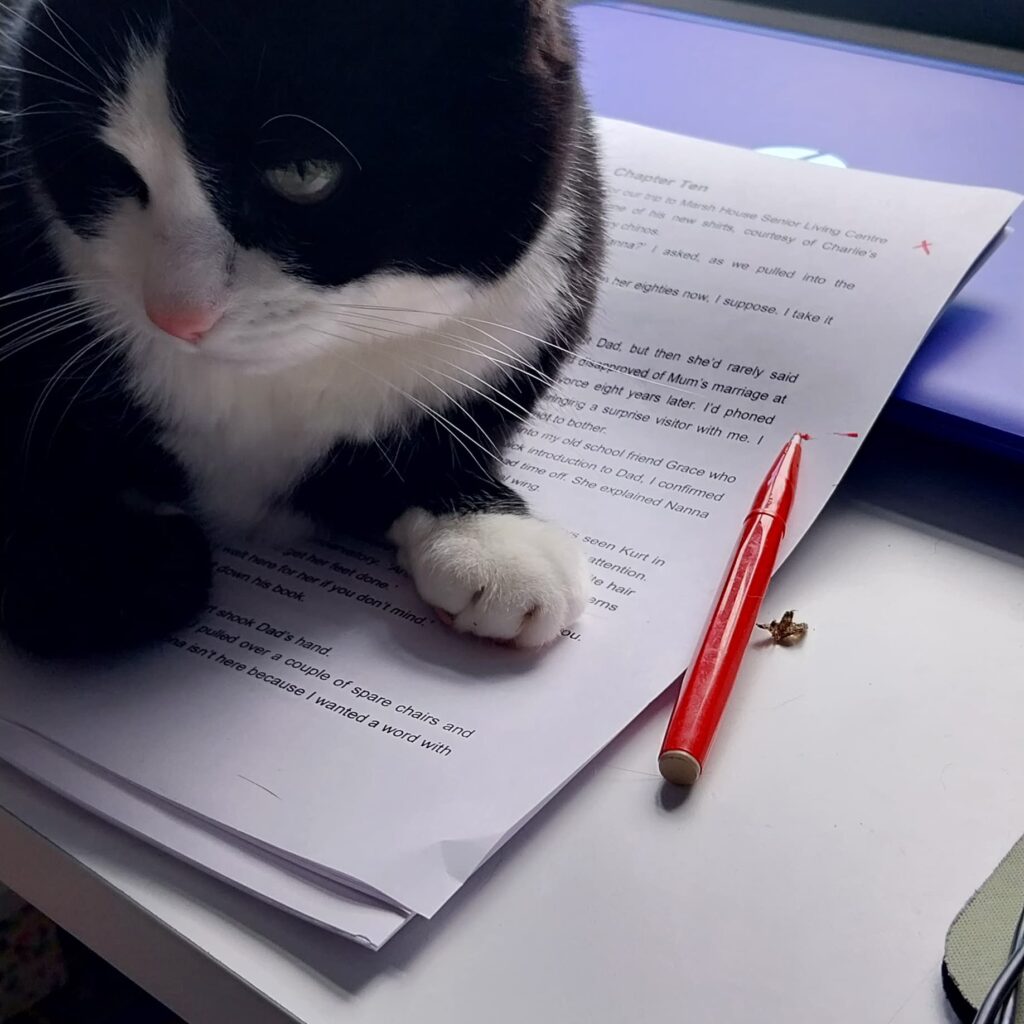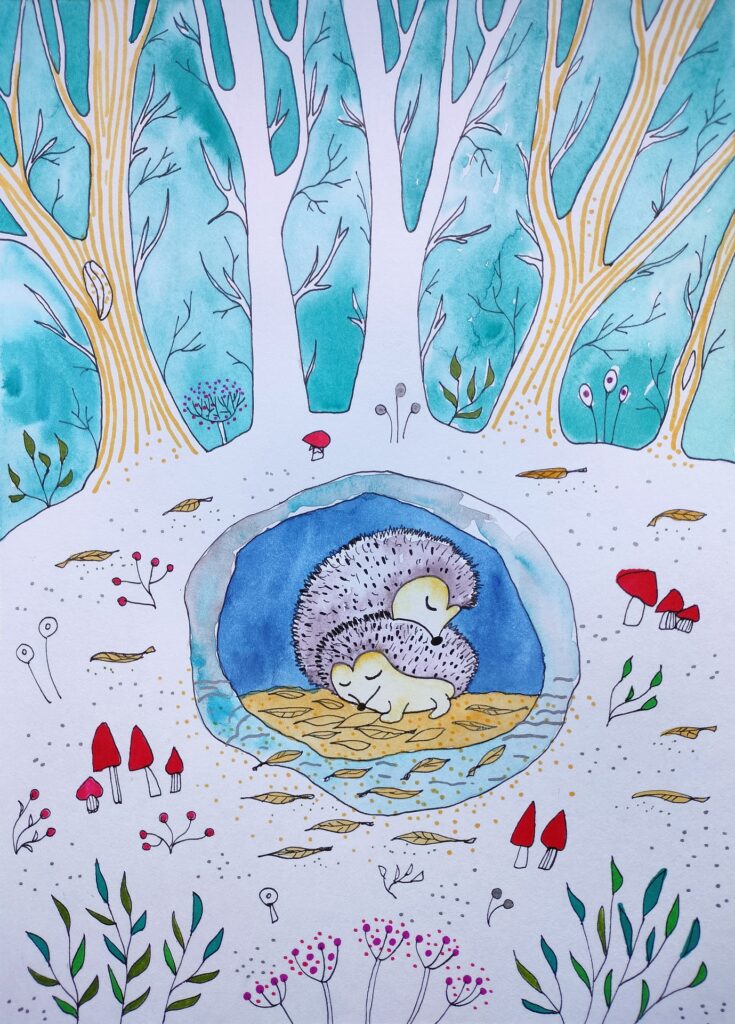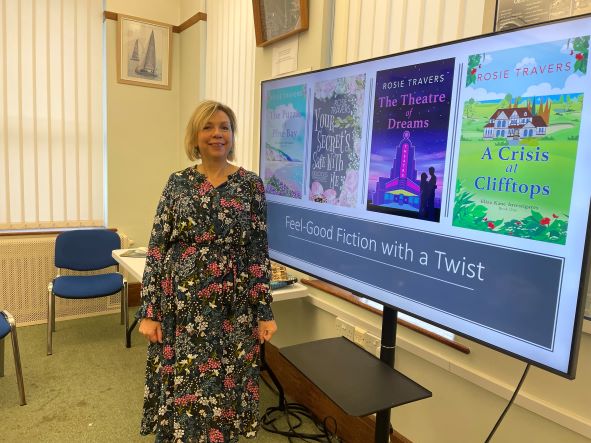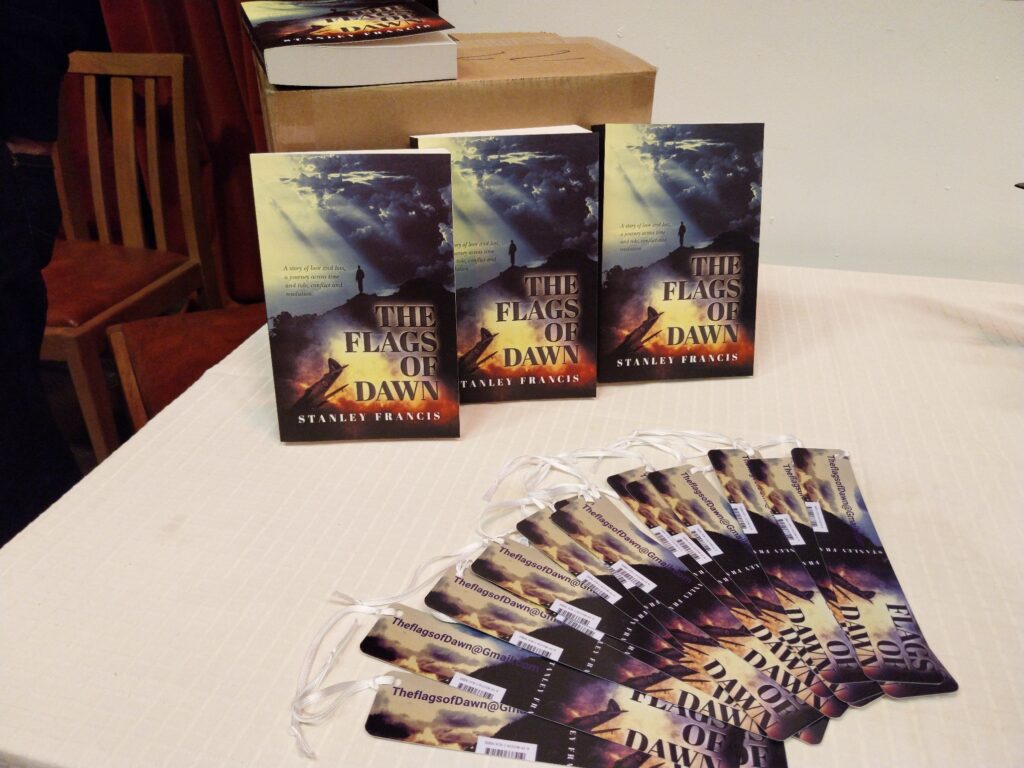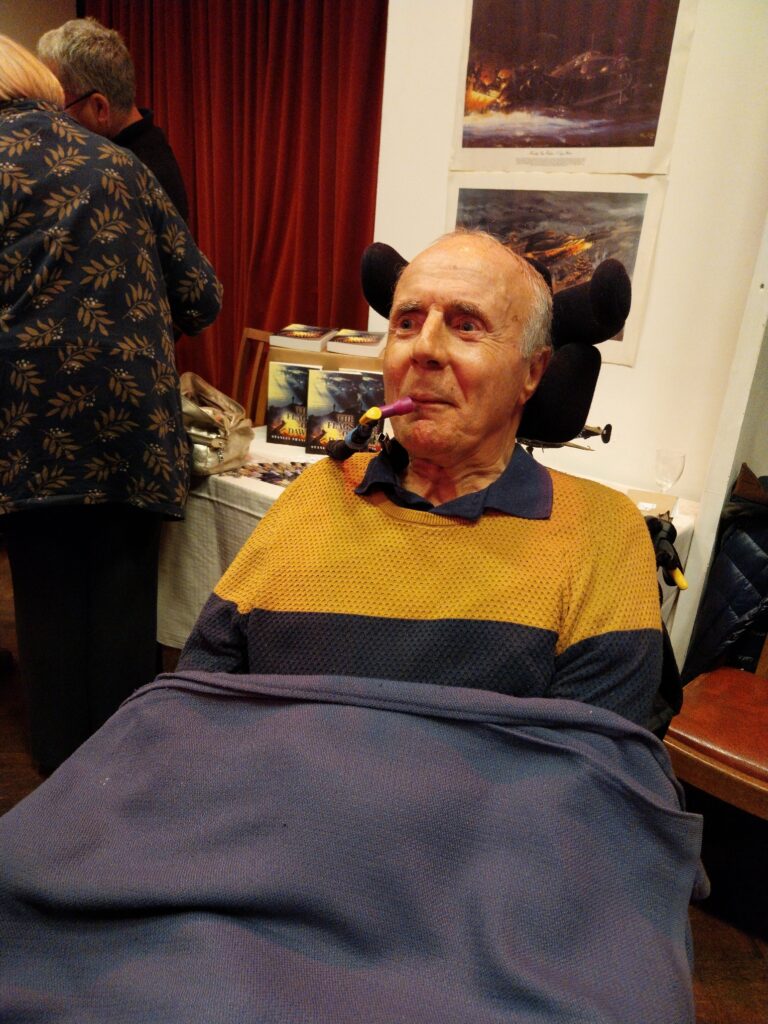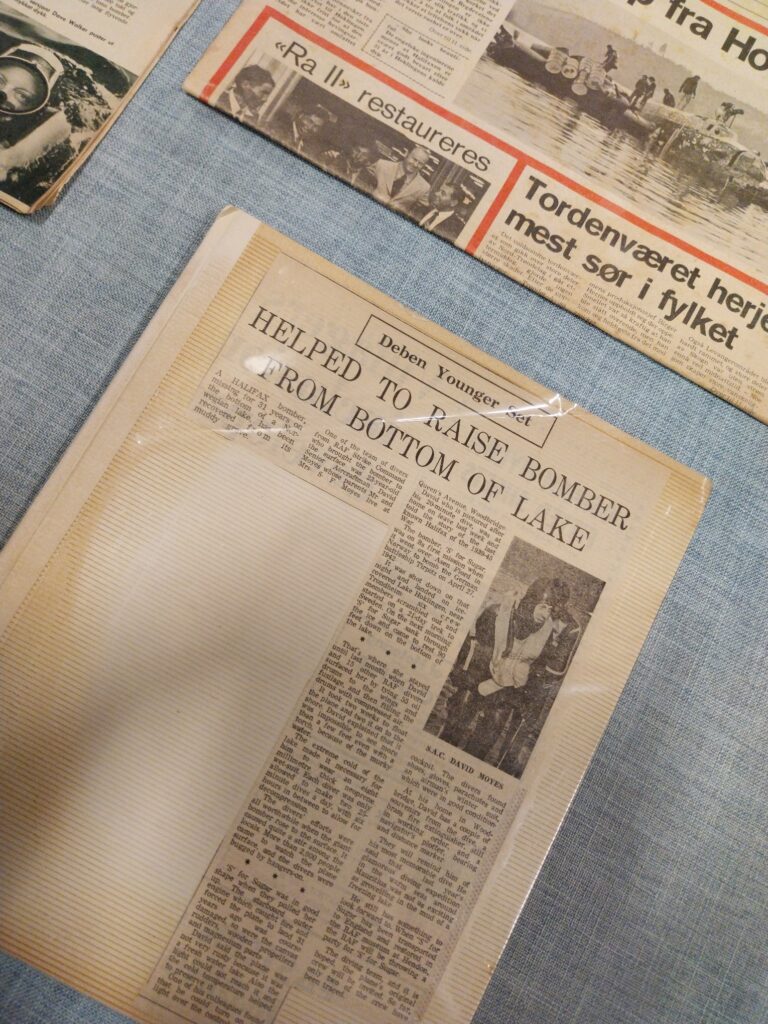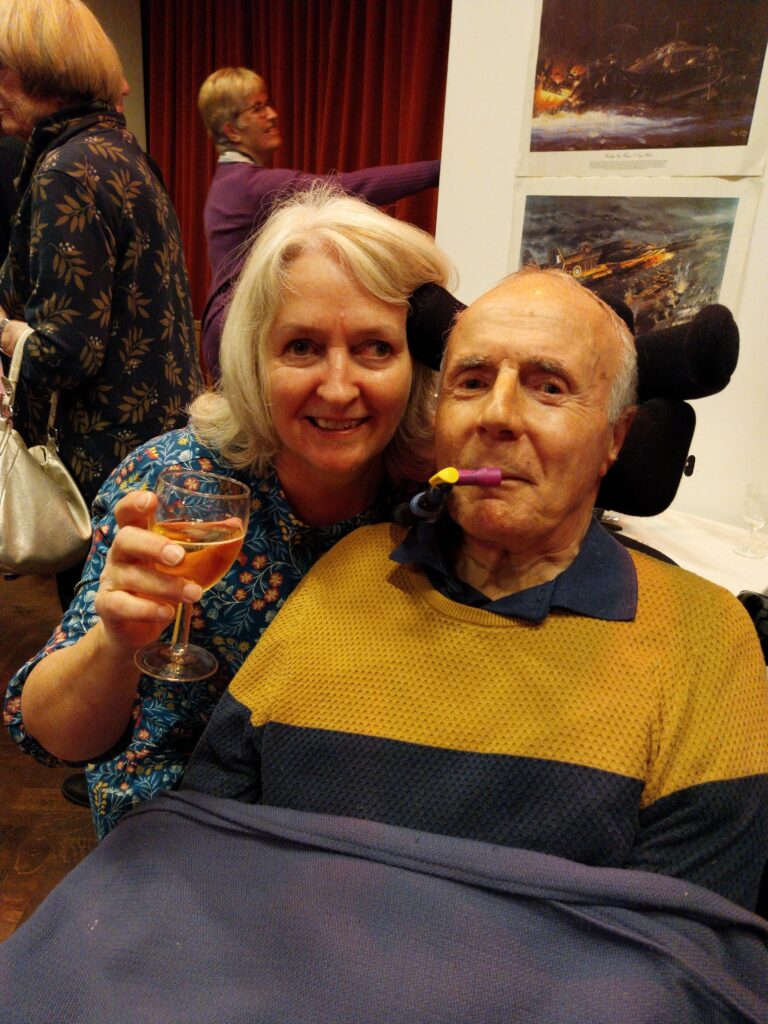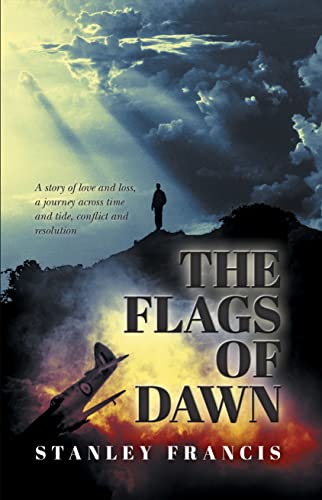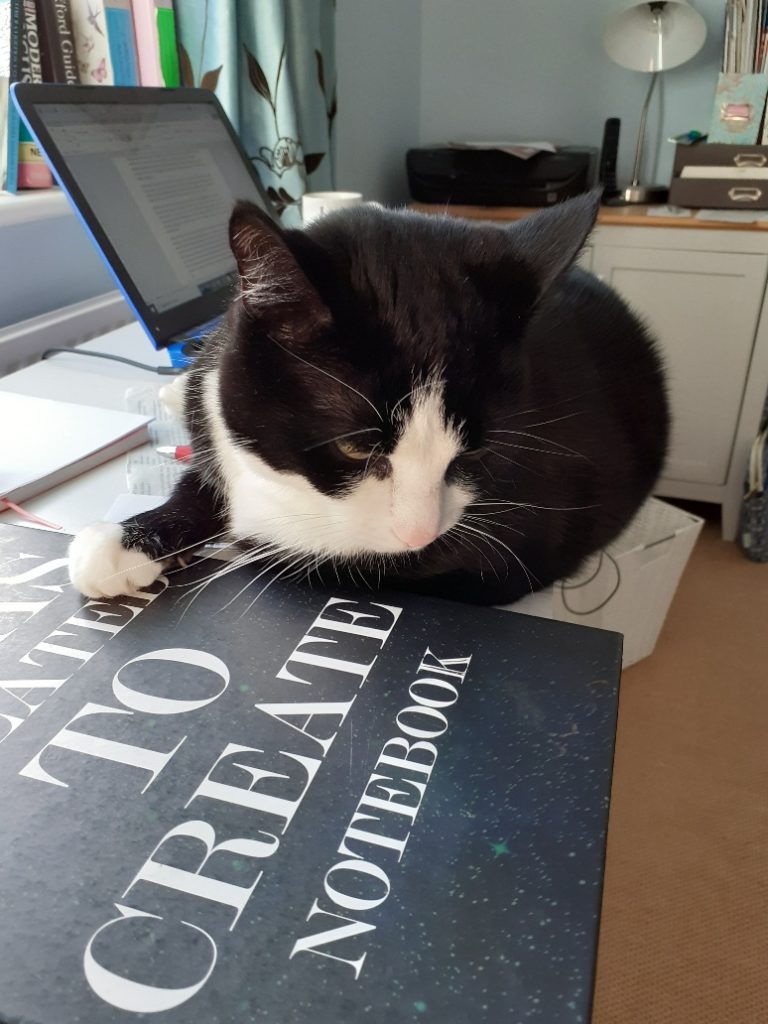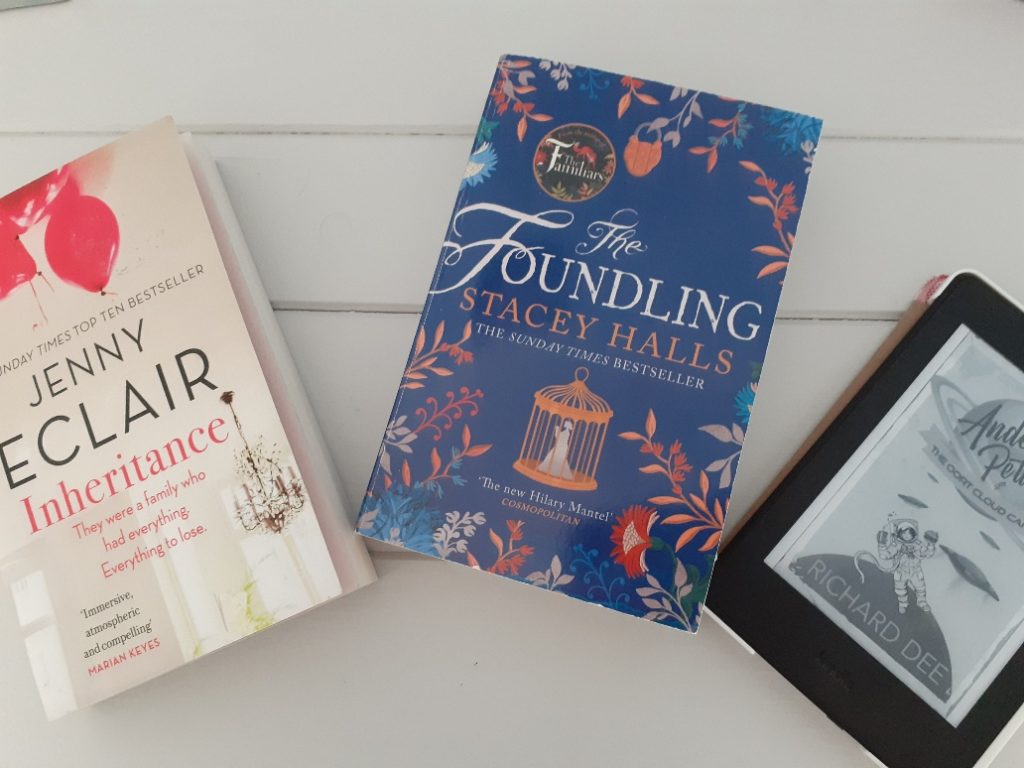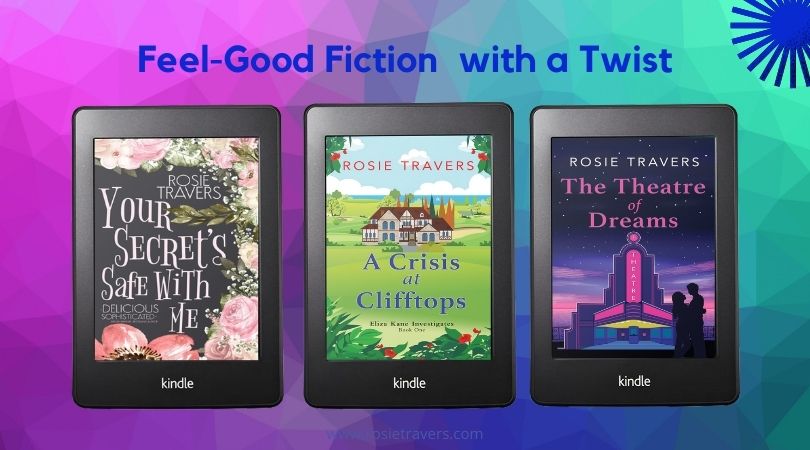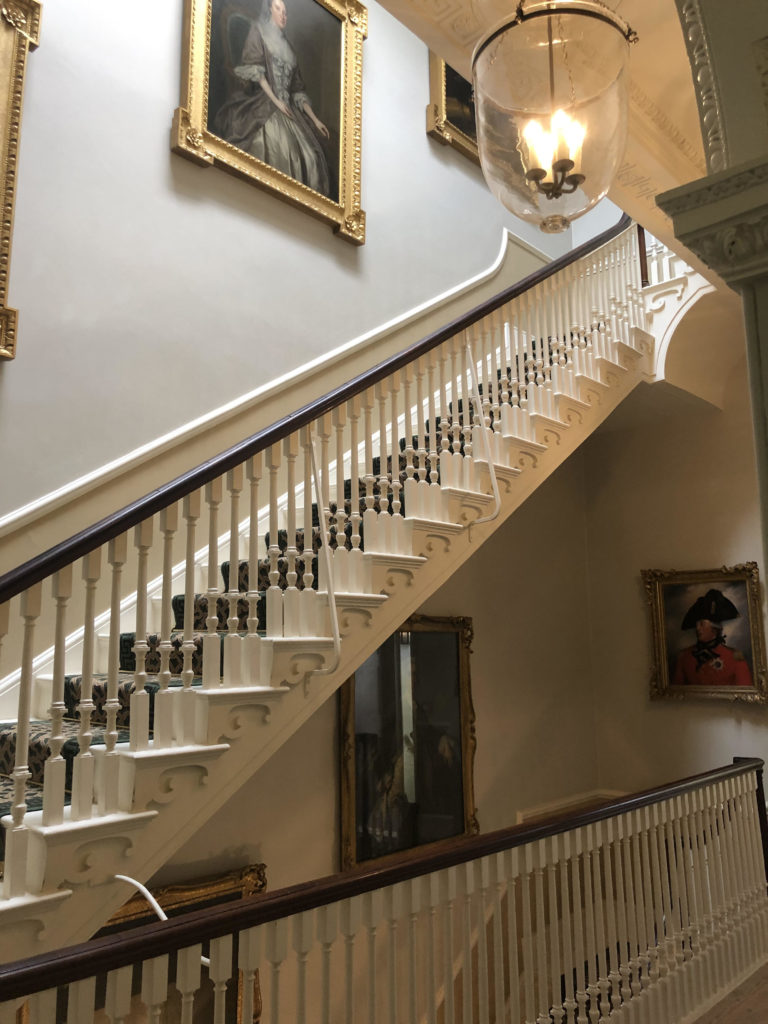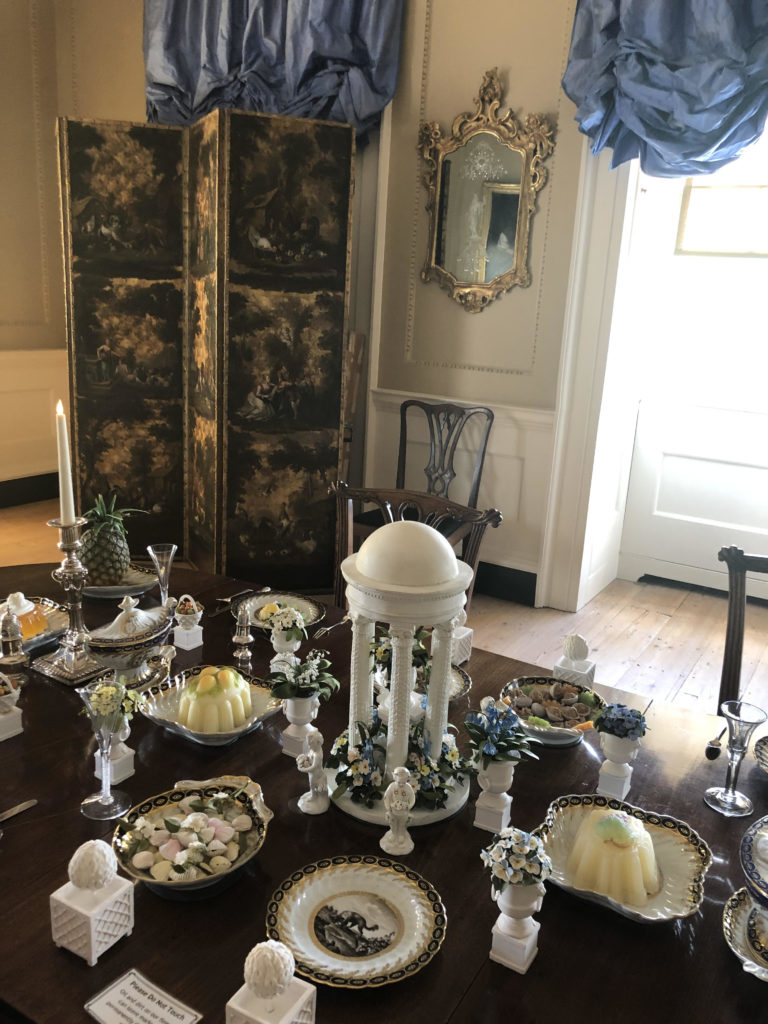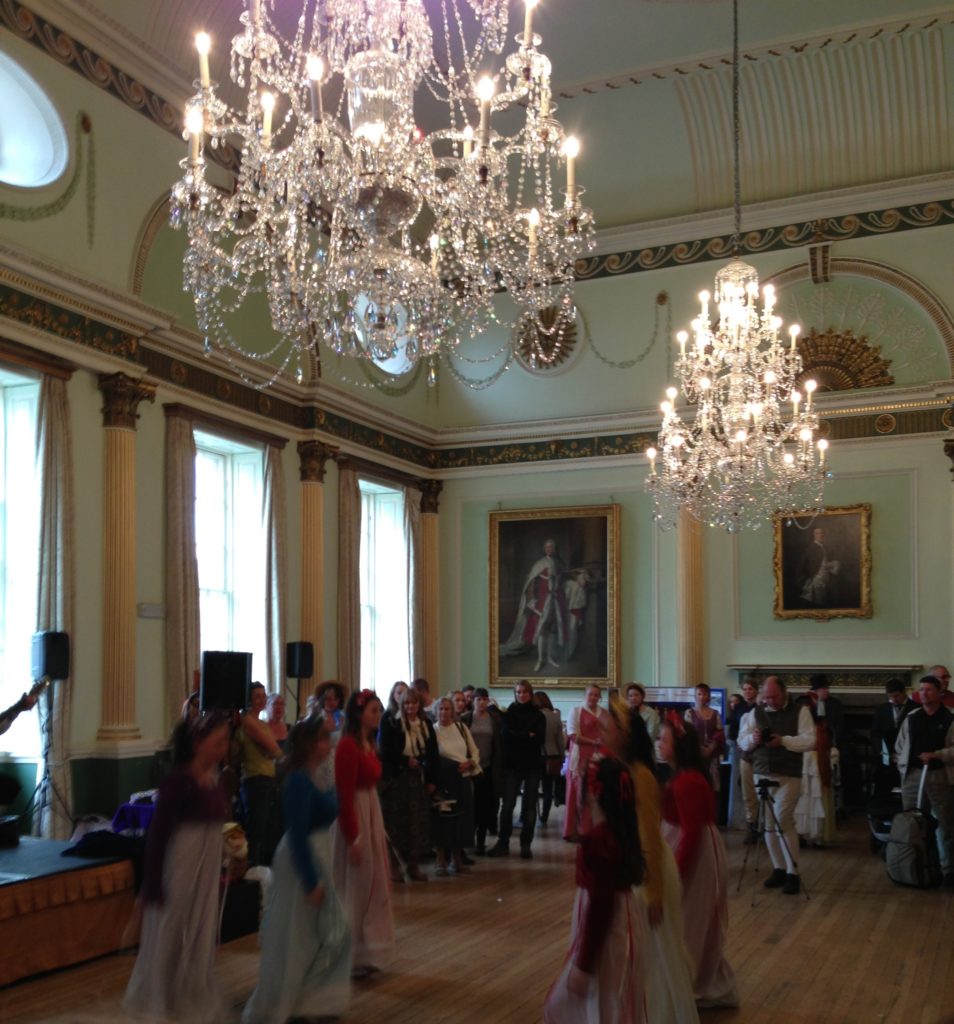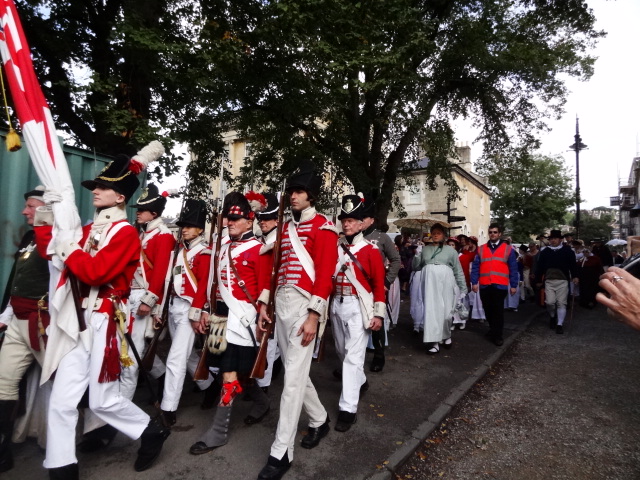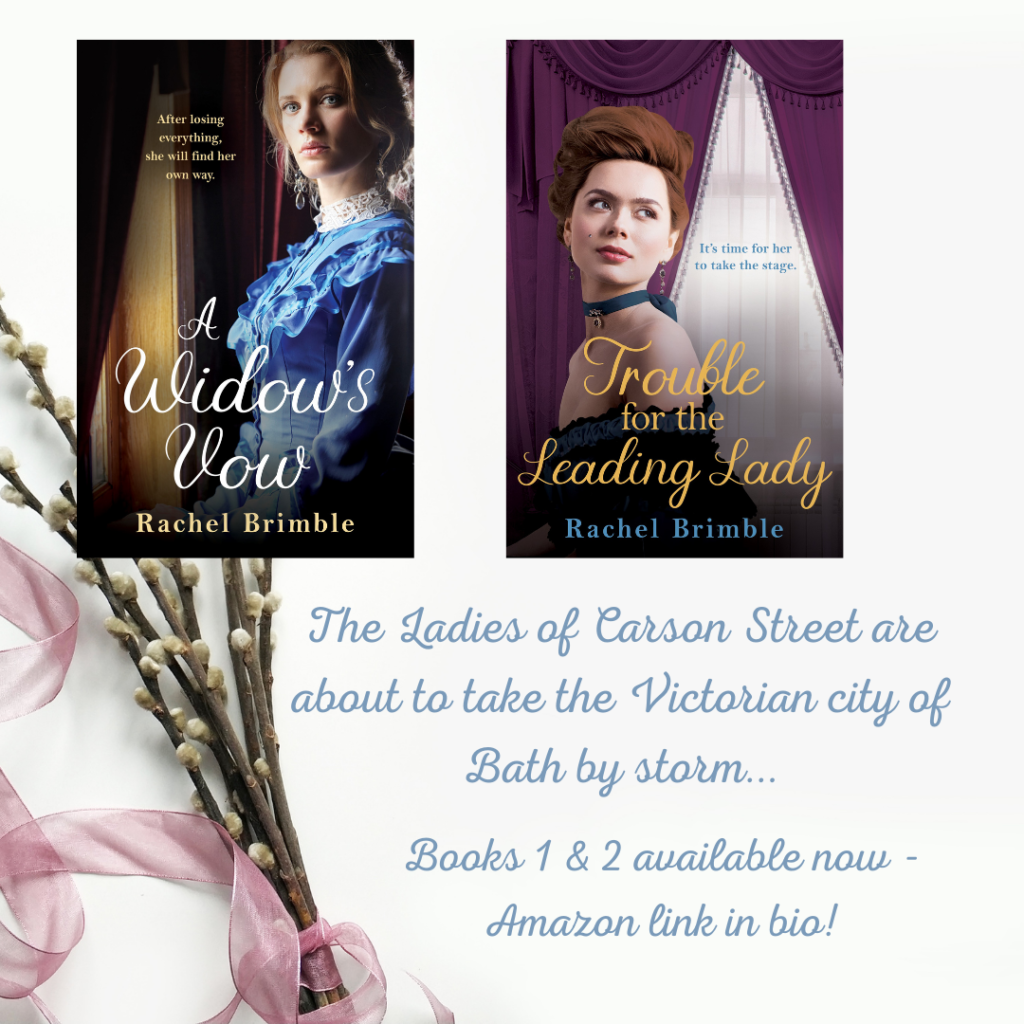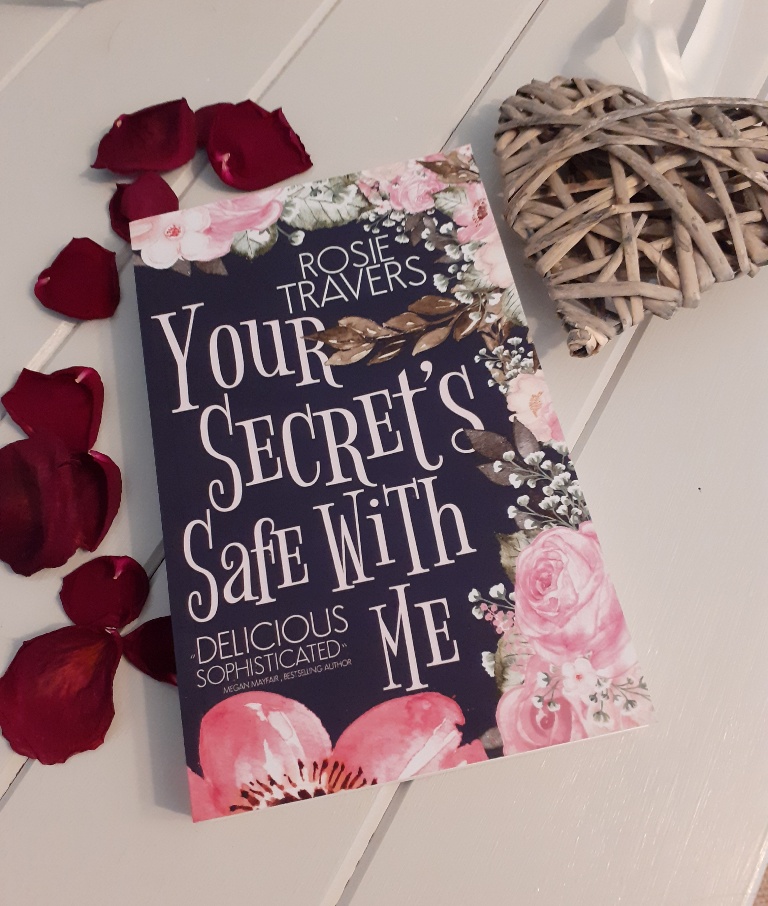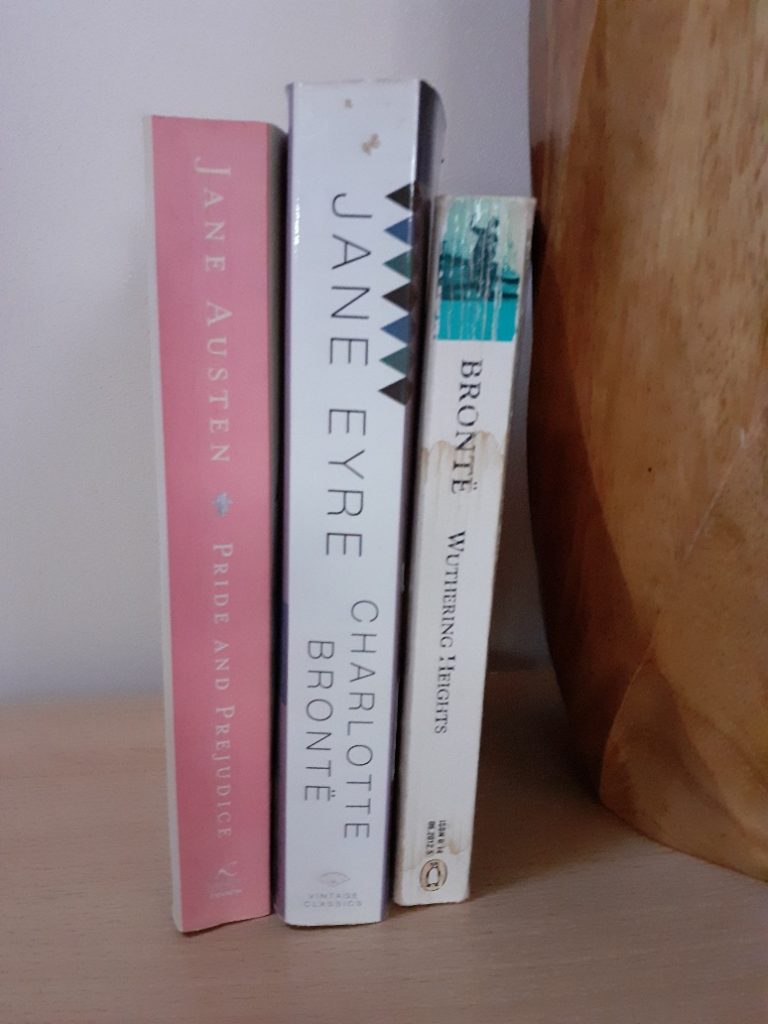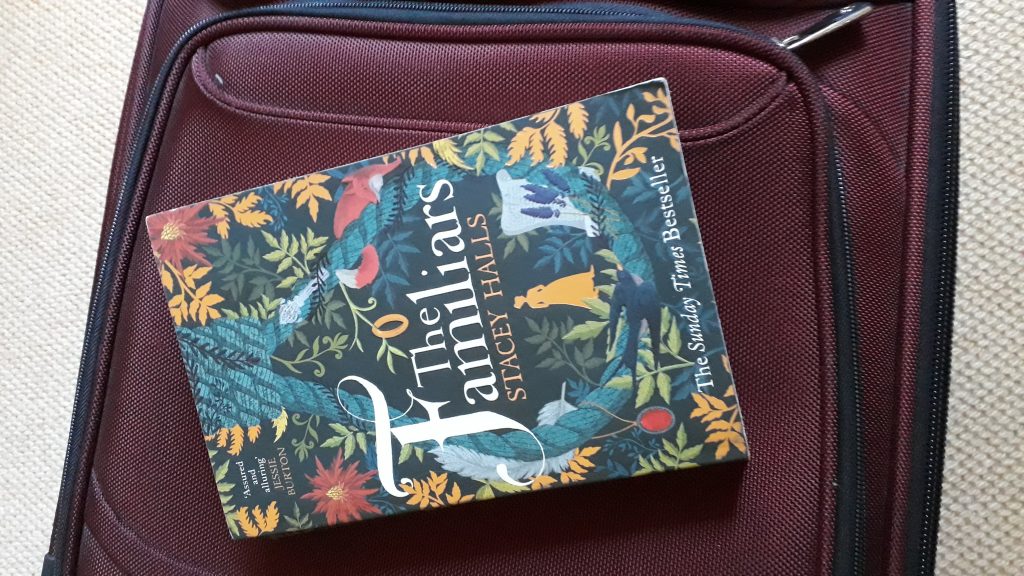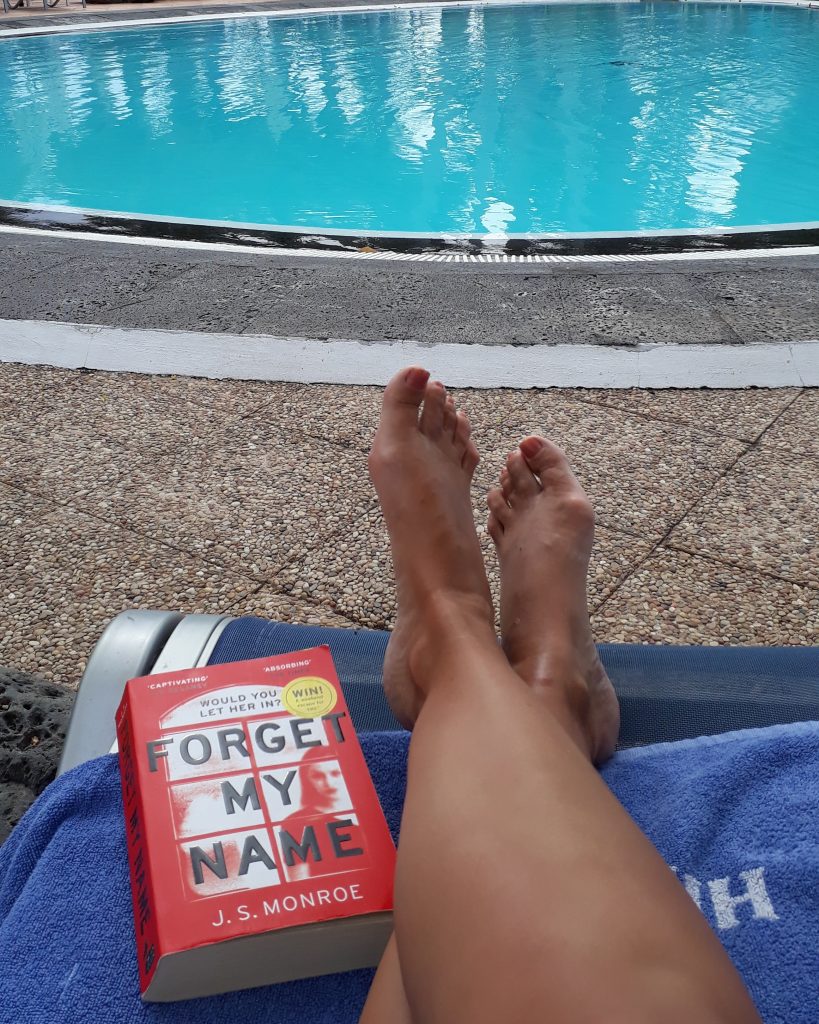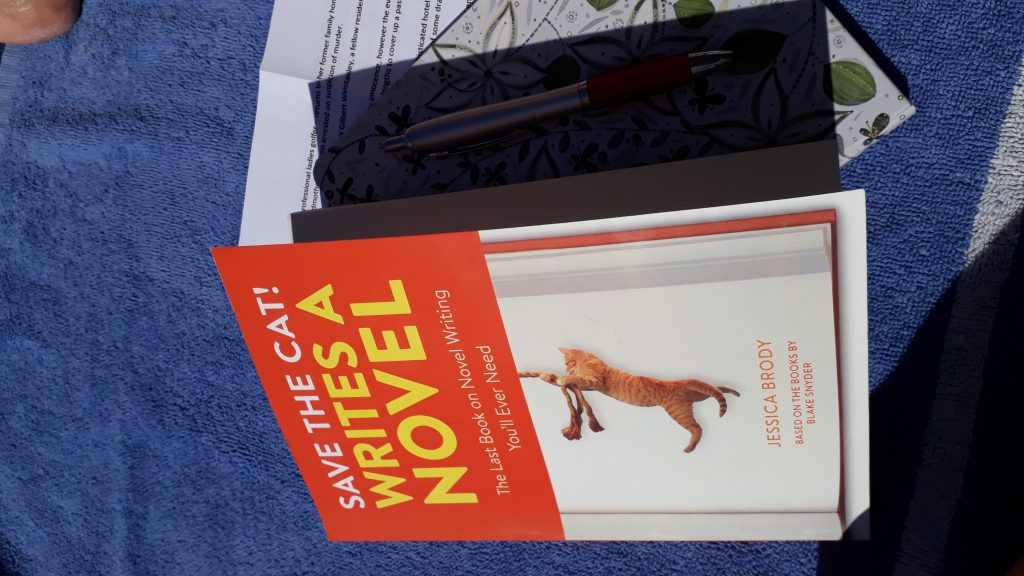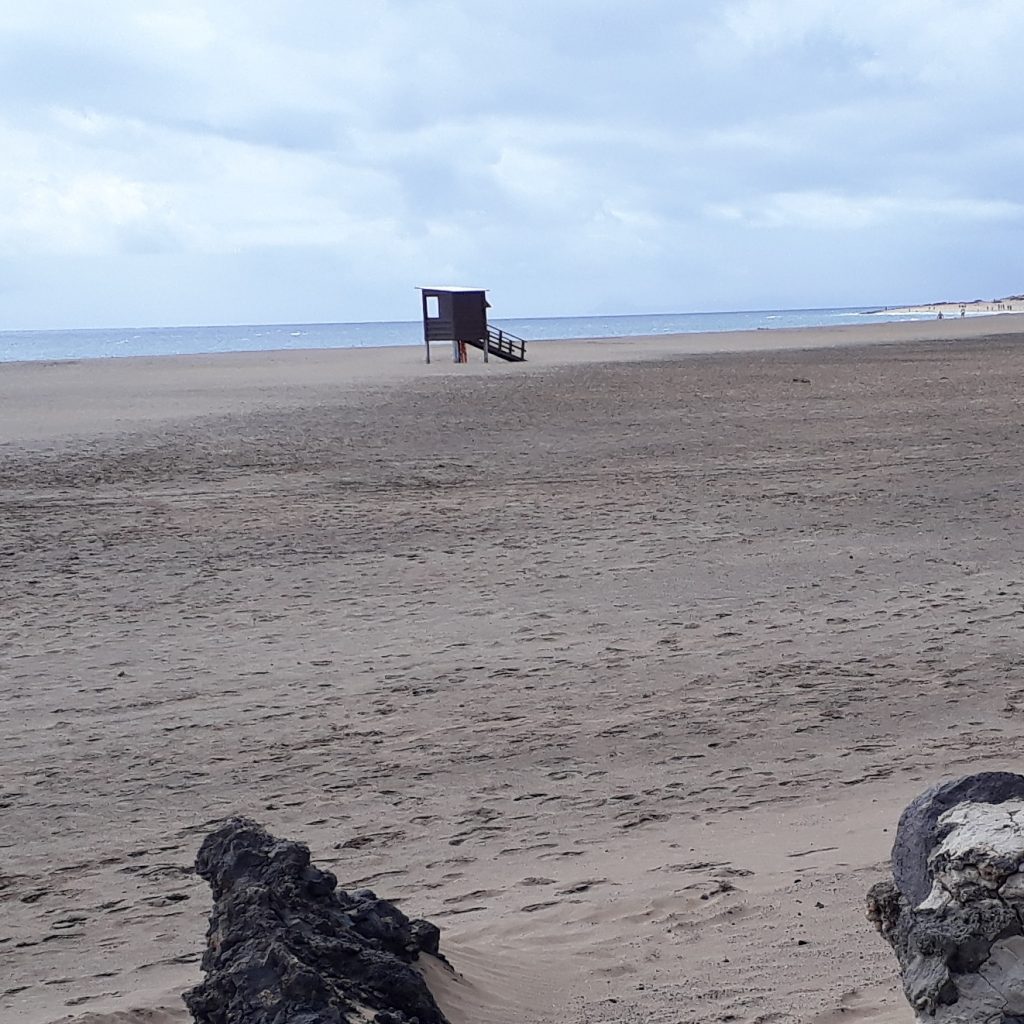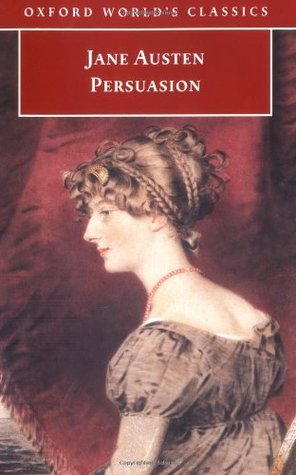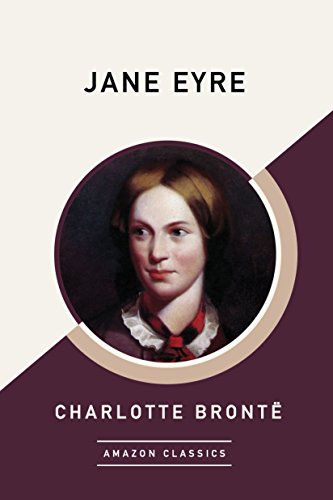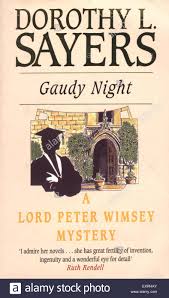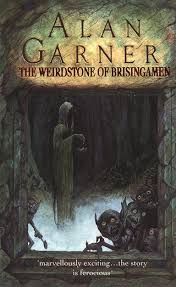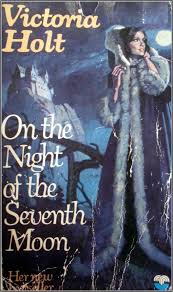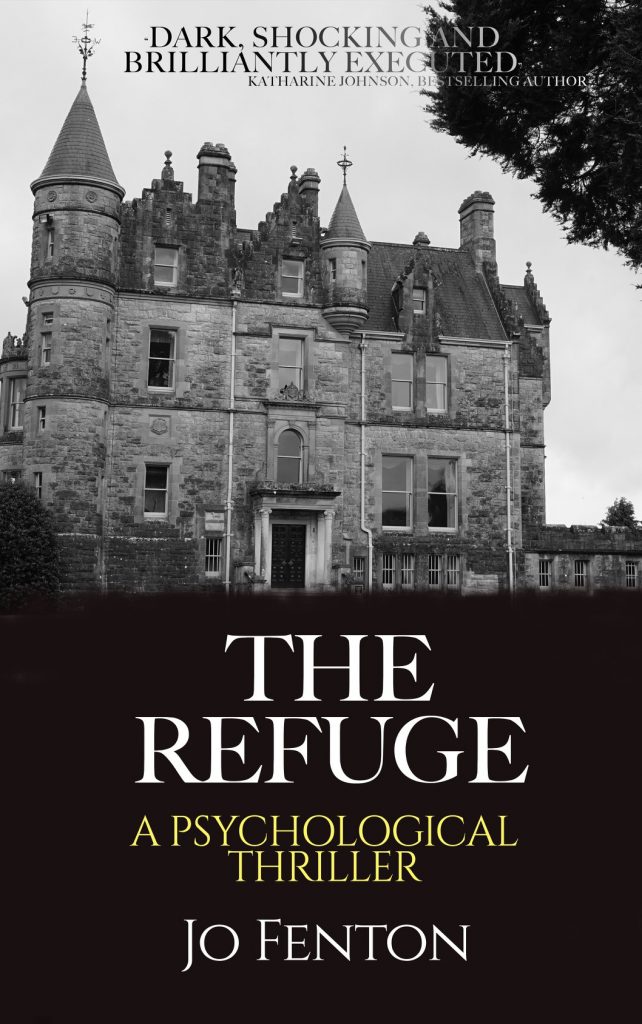This week I’ve travelled to Newbury to chat with historical author Fil Reid. Fil is a member of West Berkshire Writers who meet at the Teashop by the Canal at the Wharf in Newbury, which is the spot Fil has chosen for our interview – and very cosy it looks too!
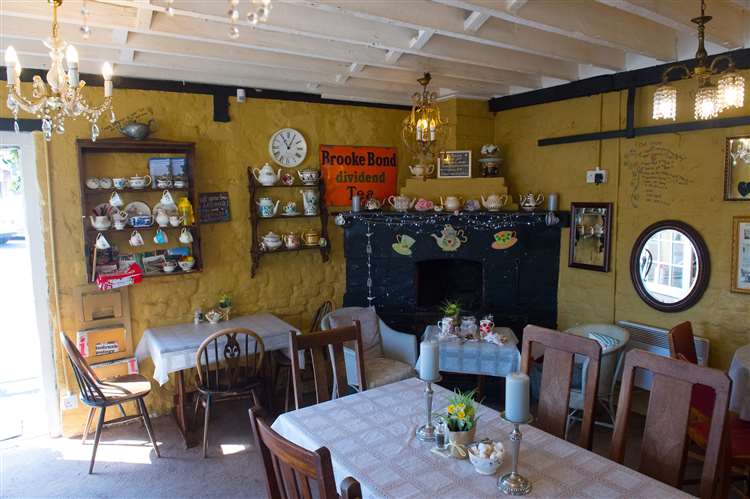
Hi Fil, and thank you for inviting me to Newbury. Tell me, what is your latest book called and what is it about?
My latest book is Guinevere: Warrior Queen, book four in my Guinevere series, out on July 8th. It takes my heroine Gwen, a girl who fell back in time to the late fifth century in book one, The Dragon Ring, further through my retelling of the Arthurian legend. Arthur has just pulled the sword from the stone and been declared High King, and Gwen is his queen, but there’s trouble ahead for them both. A mix of adventure, romance and the fascinating mythology of the Dark Ages. I’m also working on a four book regency romance series for publication in the second half of 2024.
Sounds like you’ve got a lot going on! What part of the writing process do you enjoy the most?
I love every part of writing but am not nearly so fond of doing publicity! I have Asperger’s Syndrome (now usually referred to as High Functioning Autism) so putting myself out there is especially hard for me. Whereas sitting by myself with my earphones on and just keeping my head down and writing is much easier. I love the research, and the rabbit holes that takes me down. Did you know a third of the population of Paris had syphilis shortly after it arrived in Europe thanks to their habit of kissing each other on the lips when they met? Who’d have guessed? I love writing and that wonderful sensation when the story is just telling itself and I can barely type fast enough to keep up with my characters, who have an unnerving way of going off at tangents to tell their own story, not of my making. And I love revising my stories.
Like you say, who knew about those Parisians! It is amazing what interesting facts we authors can pick up along the way. Where do you do your writing?
On board our canal boat, a slightly different writing spot to most people, I imagine. One of these days I’m going to write a book about canal boat dwellers! I have a nice corner with all my reference books and my computer and printer, and quite often the cat as well, who likes to make her gibberish contributions to my books by walking across my keyboard from time to time.
Working on a canal boat sounds idyllic. Do you ever suffer from writer’s block?
I’m going to go out on a limb here and say no, never. Which probably means I’ll get it right after finishing this questionnaire! I think my solution to it, if I had it, would be to write something totally different. My short stories are nothing like my historical romance novels and are much darker.
What inspired you to first put pen to paper or fingers to the keyboard and start writing your novels?
I first started writing on a children’s typewriter at age five, then moved on to writing pony stories as those were the sort I read. By hand with self-drawn illustrations. In my teens I liked Mary Stewart books so made forays into writing her sort of romantic adventures in exotic locations I’d never been to. In my early twenties I first tried to write a book about King Arthur, not knowing back then that he, along with horses, was my Asperger’s Obsession. Then when my youngest son was about eight I wrote him a series of books. When we moved back to the UK from France I was determined to do a lot more writing. I think I’d say three things inspired me – the great books I read, horses and King Arthur.
How many unfinished novels have you got on your laptop/in your notebooks?
Only one I think, a YA SciFi story. I’m quite organised and determined so if I start something I generally finish it before moving on to anything else.
That’s quite a jump from Arthurian legends to Sci Fi! How do you come up with names for your characters?
Easy. For my Arthurian stories I do a LOT of research so the names of the main characters, such as his fellow kings, all come from ancient genealogy lists. Then I use a website with Celtic names for lesser characters. So most of the characters in my Gwen books really existed, or rather, their legends really exist. For the regency novels, which are set in Cornwall, I consulted lists of genuine Cornish names and chose the ones I liked best. So my heroine of book one is called Morvoren – which means ‘maid of the sea’ or ‘mermaid’ – so the book is called The Cornish Mermaid. For dogs and horses I have lists of regency names I can use. There are always horses in my books.
If you could pick one character from your books to meet in real life, who would it be and why?
Haha. I’d have to pick Merlin from my Gwen books. I wouldn’t really want to meet Arthur as he is very much a Dark Age king with a distinctly chauvinistic attitude to women, even though he ends up married to a girl from the 21st century for twenty years! She thinks she’s changed him, but in the end discovers that change is only skin deep. Merlin, on the other hand, has a much more malleable personality and time does change him, despite him originally showing himself as the arch manipulator.
Hollywood comes calling and you’re offered big bucks for film rights to one of your books, but you have absolutely no say in how it’s adapted. Do you sign on the dotted line?
Do you think I’m nuts? Of course I do! That would be my absolute dream and I would not jeopardise it by one iota by being awkward. If they’re willing to pay me good money for it, then I’ll take it and run.
In a dystopian future you’re only allowed to keep one book from all the books on the shelves in your house. Which one would you choose?
That is so hard because I tend to fall in love with every book I read. Can I have the whole Encyclopedia Britannica? Or does that count as more than one book? It would be great if there were no longer any online resources to have a paper one to use for research. Failing that, something funny. I just was tidying our garage and came across my really ancient copy of Three Men in a Boat by Jerome K Jerome. I’d forgotten how hilariously funny it was. Maybe I’d take that, but only because at the moment it’s the book I’m in love with. Might be different next week.
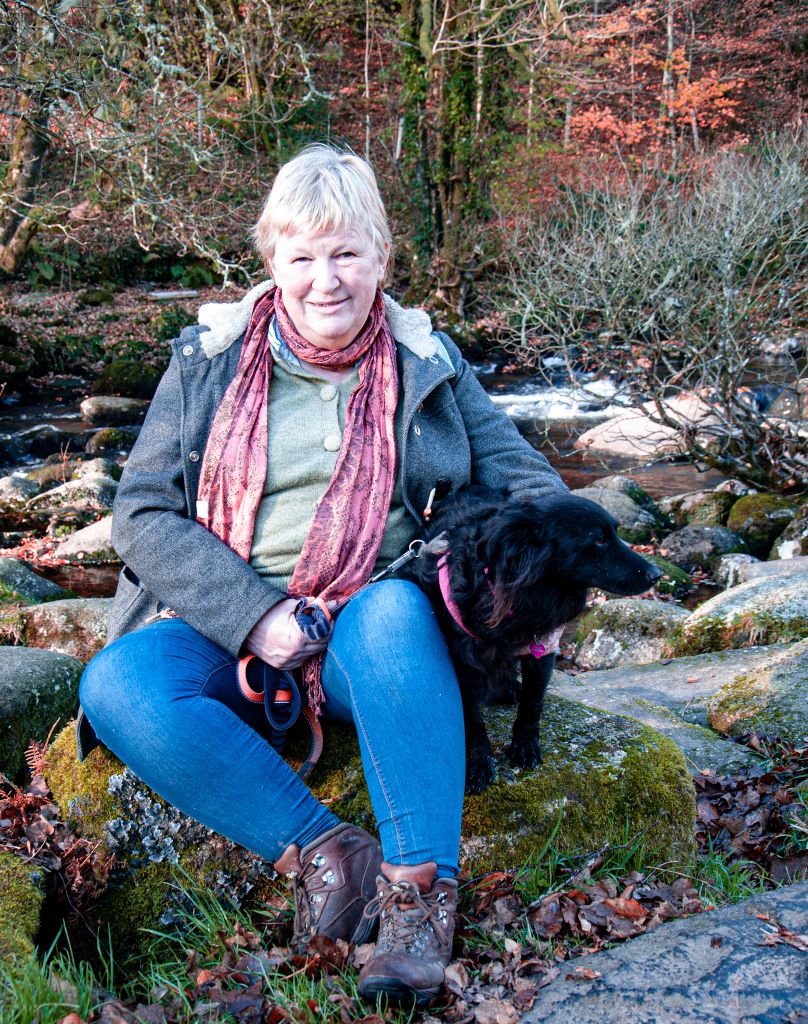
About Fil
Fil Reid writes historical fiction/romance novels from the canal boat where she lives with her husband. She’s mum to five and granny to seven and has Asperger’s Syndrome, which she sees as her superpower. It enables her to concentrate on one thing to the exclusion of all else – her writing. She’s been writing on and off since she was five years old when she received a Petite Children’s Typewriter for her birthday. At first, she wrote exclusively pony stories, but now she’s more interested in historical fiction. In 2021 she won the Dragonblade Write Stuff Competition and a three-book publishing deal. This year she has three more books in her Guinevere series out, and next year four Regency romances set mainly in Cornwall.
Guinevere: Warrior Queen
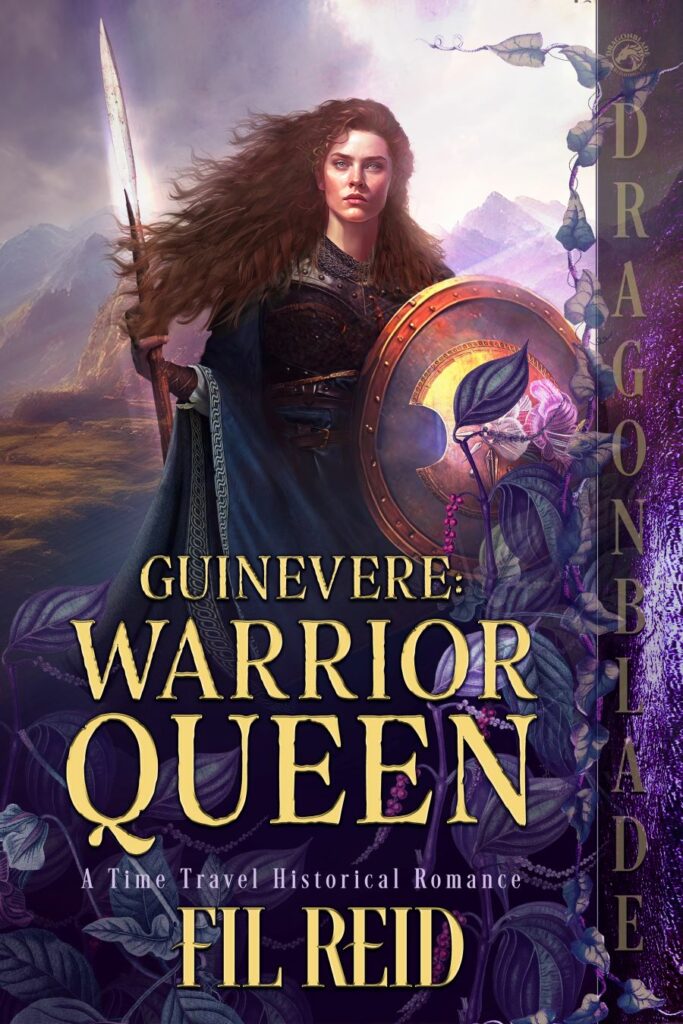
It’s been almost three years since Gwen, a 21st century librarian, fell back through time to become King Arthur’s Queen Guinevere. Arthur’s drawn the legendary sword from the stone and beaten his jealous brother. The only thing left to do is prove to his fellow kings that he’s worthy of the title High King of all Britain. Not an easy task.
And at the same time, the countdown through the list Gwen knows of Arthur’s legendary twelve battles is flying past, bringing the thirteenth, fatal Camlann, ever nearer. With history revealing itself as so close to legend, all of Gwen’s fears seem likely to come true.
While Arthur is away fighting Irish invaders in the far west, messengers arrive from the north, requesting urgent help. Gwen is forced to lead a party of her husband’s men across the River Severn in search of Arthur’s army. But she’s heading towards the inevitable realization that there are no true victors in war.
Can there be a happy ending for Gwen and Arthur, or is it written in stone that he must die?
Buying link https://www.amazon.co.uk/Warrior-Queen-Guinevere-Book-4-ebook/dp/B0C6FSVHRJ/

Many thanks to Fil for taking part.
*******
